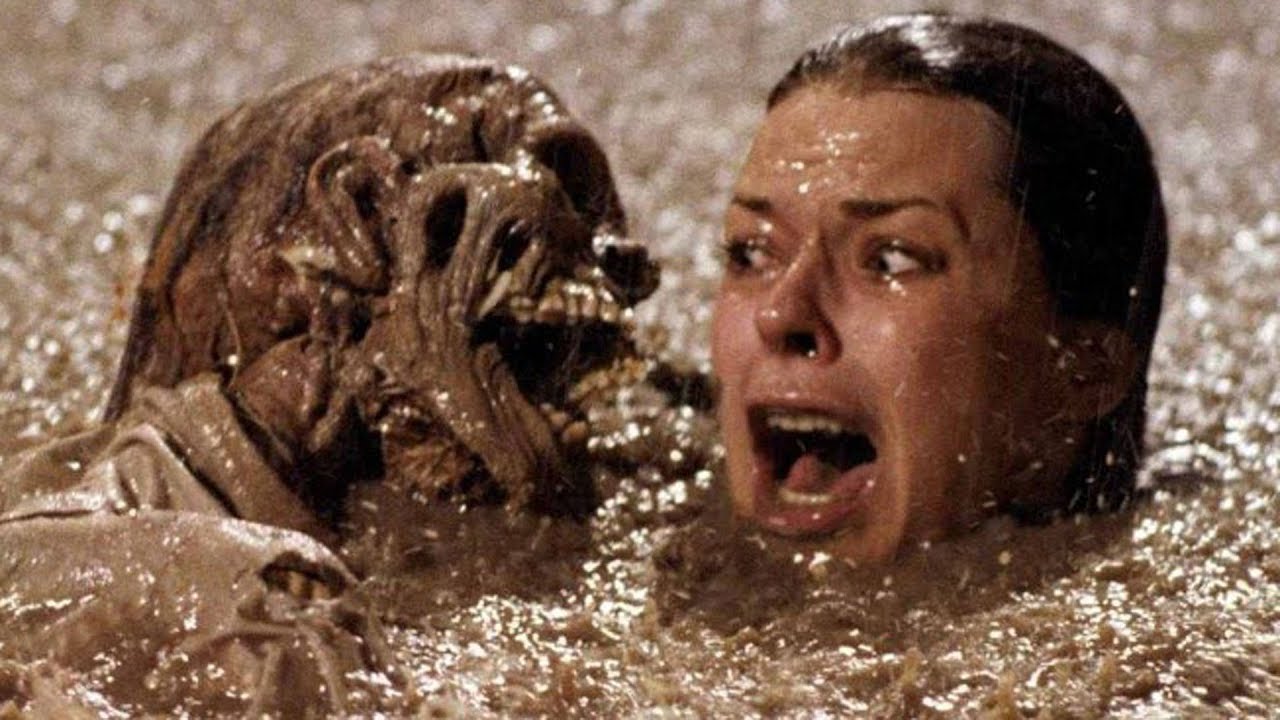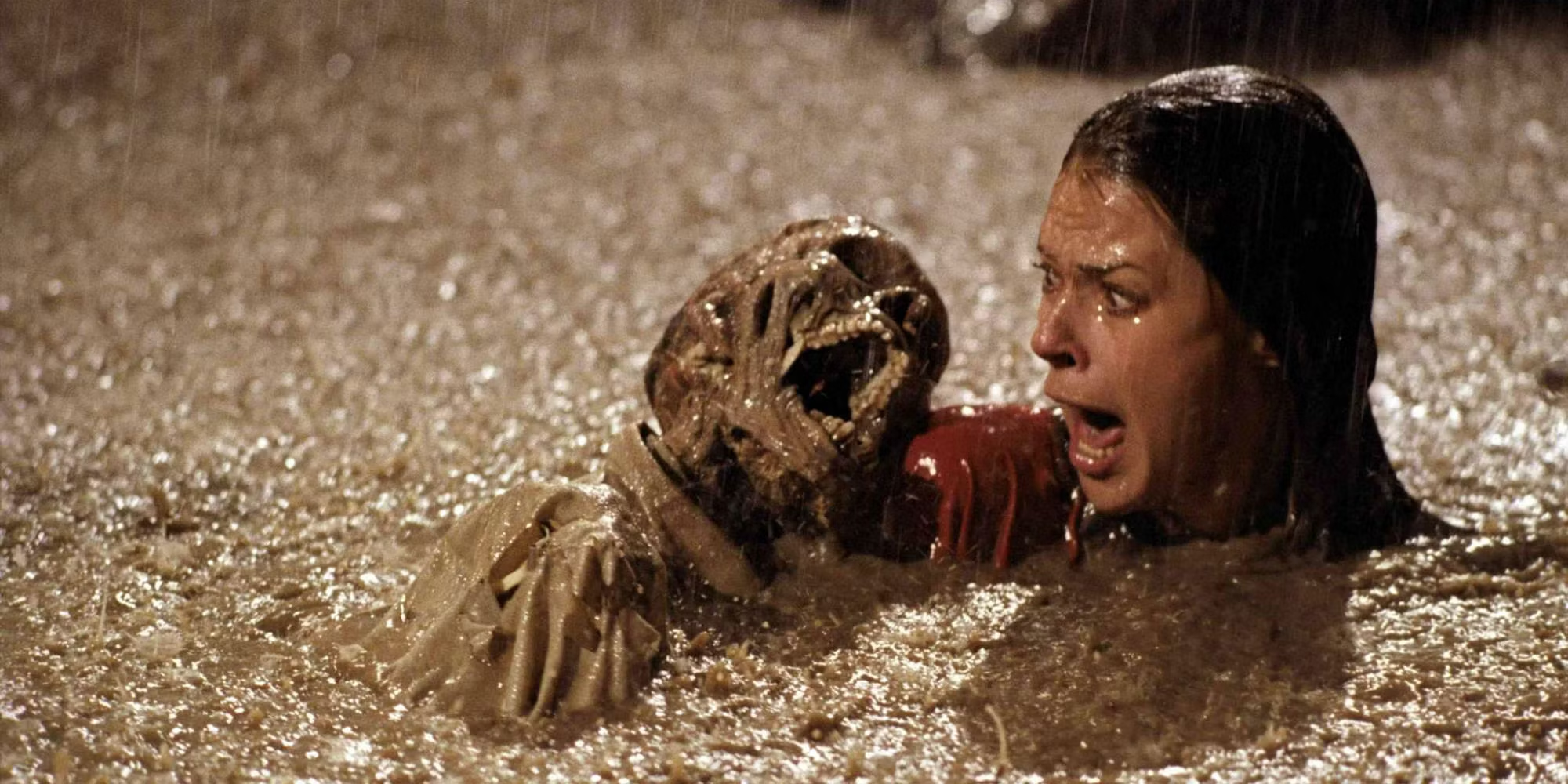Understanding The 1982 Movie Poltergeist Used Real Skeletons As – Tymoff
- 1 Where The Claim Came From?
- 2 The Real Story Behind The 1982 Movie Poltergeist Used Real Skeletons As – Tymoff
- 3 The 1982 Movie Poltergeist Used Real Skeletons As – Tymoff: Proof That Skeletons Are Real
- 3.1 Notes From Spielberg And Crew
- 3.2 Effects On The Motion Picture Business
- 3.3 Contemporary Film Creation And Moral Responsibility
- 3.4 Odd Events Following The Motion Picture
- 3.5 Investigating The Conflict
- 3.6 Being Honest And Respectful Of Other Cultures
- 3.7 New Special Effects
- 3.8 Interest In Both Horror And Realism
- 3.9 Tips For People Who Want To Make Movies
- 4 Conclusion
- 4.1 FAQs
- 4.1.1 Q1: Did “Poltergeist” actually employ genuine skeletons?
- 4.1.2 Q2: What was the rationale behind the decision to employ genuine skeletons?
- 4.1.3 Q3: What was the public’s response to this disclosure?
- 4.1.4 Q4: In what ways has this controversy impacted other films?
- 4.1.5 Q5: Is the “Poltergeist” curse a genuine occurrence?
For many years, viewers have been enthralled by the timeless horror film “The 1982 Movie Poltergeist Used Real Skeletons As – Tymoff” (1982).
It’s very wild; I recently learned that genuine human bones were utilized as props for the 1982 classic horror film “Poltergeist.” It’s incredible, really. It heightens the creepiness of the film, indeed. However, people are also considering the ethics of producing films, not only the fearfulness that drives discussion.
“The 1982 Movie Poltergeist Used Real Skeletons As – Tymoff” was already a huge sensation in the horror industry, with Tobe Hooper guiding it and Steven Spielberg backing it. It featured a terrifying atmosphere, a great plot, and fantastic spectacular effects. Knowing they used actual bones, though, now? It’s got everyone arguing about where we should cut the line between making films and remaining moral in the artistic field.
Where The Claim Came From?
Some scenes in “The 1982 Movie Poltergeist Used Real Skeletons As – Tymoff ,” especially the famous pool scene, were said to have used real human skulls instead of fake ones after the movie came out. A lot of people in the movie business and among fans talked about this.
The Real Story Behind The 1982 Movie Poltergeist Used Real Skeletons As – Tymoff

A scary fact about the story of “Poltergeist” is that real human skulls were used as props. The movie takes place in a scary suburban area where ghostly things happen. In the tense pool scene, where JoBeth Williams’ character meets supernatural threats, this is clear. It saved them money because real bodies were less expensive than fake ones. Because of how famous the movie was, this choice, while sensible, made a lot of people look twice.
The 1982 Movie Poltergeist Used Real Skeletons As – Tymoff: Proof That Skeletons Are Real
Most of the proof that real skeletons were used in “Poltergeist” comes from what people have said. It was said in an interview that JoBeth Williams, who played Diane Freeling, didn’t like the skeletons on set, even though she knew they were real. But what she said doesn’t prove for sure that real skeletons were used in the movie, and no one else on the cast or team has confirmed this.
Notes From Spielberg And Crew
Steven Spielberg’s involvement raised additional awareness of the dispute. Using actual skeletons in “Poltergeist” generated controversy both inside the business and among viewers. While some crew members felt it gave the film reality, others were quite upset working with actual human remains. The crew’s varied responses—from astonishment to acceptance—were brought to light by Spielberg’s admission that actual bones were used.
Effects On The Motion Picture Business
Using actual skeletons in ‘Poltergeist’ begs moral concerns about honoring the dead and how their bones are exploited for filmmaking. Nowadays, the film business has tight guidelines to guarantee the ethical treatment of props, thereby favoring synthetic materials. It’s wise to treat such tales with care, as the assertion that “Poltergeist” used actual skeletons is unsubstantiated by solid proof.
Contemporary Film Creation And Moral Responsibility
Filming has altered greatly today. Advanced technology like CGI and animatronics eliminates the need for actual human bones. These instruments let directors be creative and free from moral considerations. More regard for people and ethical behaviour is also reflected in the tougher guidelines today on handling delicate props.
Odd Events Following The Motion Picture
Some cast members had sad circumstances following the release of “Poltergeist,” which resulted in rumors of a curse. Played as the older sister, Dominique Dunne was killed in 1982. Playing Carol Anne, Heather O’Rourke passed away in 1988 at the age of twelve. Appearing in “Poltergeist II,” Julian Beck died of cancer in 1985. These incidents have enhanced the unsettling legacy of the movie.
Investigating The Conflict
There was considerable indignation when it came out that “The 1982 Movie Poltergeist Used Real Skeletons As – Tymoff” featured actual bones. Advocacy organizations demanded openness and responsibility in the film sector. Legal and moral questions with the use of actual skeletons in films begged attention and underlined the necessity of more precise laws.
Being Honest And Respectful Of Other Cultures
Using real skulls in films is a form of cultural sensitivity because different groups attach different meanings to dead bodies. The people who make films need to be kind and polite. Because of the “Poltergeist” scandal, the industry has become more open about how props are used, which has helped raise standards of ethics.
New Special Effects
Today, unlike in 1982, special effects technology lets directors make scenes that look real without using real bones. This change has fixed a lot of ethical problems and given filmmakers more freedom to be creative while still being respectful and honest.
Interest In Both Horror And Realism
The story of “Poltergeist” and the use of real skeletons in the movie show how much we like scary stories that are true to life. Horror films use our need for realism to make us scared, which makes us think about why we like these kinds of things.
Tips For People Who Want To Make Movies
The “Poltergeist” debate shows future filmmakers how important it is to think about what is right and wrong. To make sure there is a balance between imagination and ethics, it shows how important it is to be clear, respectful, and responsible when making movies.
Conclusion
The fact that real skeletons were found in “The 1982 Movie Poltergeist Used Real Skeletons As – Tymoff” makes the movie business think about what is right and wrong. This controversy shows how important it is to make films responsibly, value different cultures, and be honest. From now on, filmmakers need to put honesty and care first, making a future where talent can grow without morals being compromised.
FAQs
Q1: Did “Poltergeist” actually employ genuine skeletons?
Indeed, the film employed genuine skeletons in specific sequences, including the notorious pool scene.
Q2: What was the rationale behind the decision to employ genuine skeletons?
Real skeletons were selected due to their affordability and accuracy in comparison to plastic replicas.
Q3: What was the public’s response to this disclosure?
The public’s response was one of astonishment and horror, which resulted in substantial ethical debates and criticism.
Q4: In what ways has this controversy impacted other films?
The controversy resulted in alterations to industry practices, including the implementation of more stringent regulations regarding the use of human remains in film production.
Q5: Is the “Poltergeist” curse a genuine occurrence?
The untimely deaths of numerous cast members have reignited ongoing speculation, despite the fact that the “Poltergeist” curse is primarily regarded as a superstition.

















